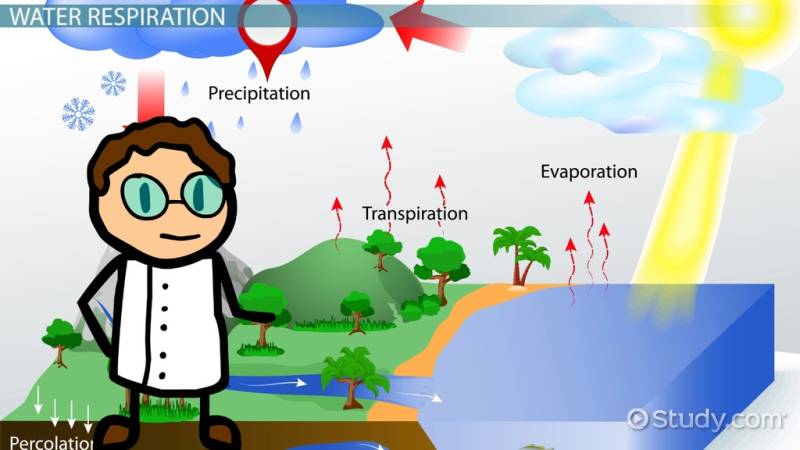By Ashraf Naushahi
In nature, there is no scarcity of water. There is a natural water cycle keeping water
continuously on the move. Because of the water cycle there cannot be a scarcity of
water in total on the Earth. Let's see how.
Oceans are largest collections of water on the Earth. Rivers, lakes, streams, and many
other large collections of water are also there on the Earth. Now, when sun light falls on
any surface of water, its water is evaporated into the atmosphere. In atmosphere, water
is cooled making tiny water droplets and these tiny water droplets form clouds. Clouds
are full of cool water. A change in temperature results in melting of cool water and there
is rainfall or snow in areas above which clouds are floating at the time of melting.
Thus total quantity of water in the world remains the same.
An understanding of the water cycle remains incomplete without some understanding of
how snow, glaciers, rivers and other water resources function within the water cycle.
When flakes of frozen water fall from clouds to the surface in cool regions of the Earth,
snow is formed. Its flakes are small crystals. When a large mass of ice is accumulated,
it is called a glacier. It is made of a large mass of recrystallized ice. Because of its heavy
weight, it starts moving very slowly while changing its directions. That's why it is sometimes called a river of ice too. When speed of a glacier becomes equal to the rate of its ice melting, the glacier stops moving forward.
There are three main types of glaciers: mountain or valley glaciers, piedmont glaciers,
and ice-sheet or ice-cap glaciers. Valley or mountain glaciers are formed in valleys or
mountainous areas. Piedmont glaciers develop when valley glaciers spread out in plain
areas. Ice-sheet glaciers are formed in polar areas. Glaciers that cover large areas in
polar regions are called ice-sheets. Icy regions of Greenland and Antarctica are,
therefore, ice-sheets or big glaciers.
Rivers are large water resources containing water for most of the human needs as
drinking, cooking, washing, growing grains, vegetables, fruits and other crops.
Oceans and seas contain more water but sea water is not good for human needs.
Though, in some parts of the present day world, sea water is made useful for human
needs through scientific methods, usually it is river water only that people can drink
and which is useful for agricultural or industrial purposes.
Rivers contain large quantities of water and flow from higher to lower areas. Many
small resources of water are also parts of a river, therefore, a river is sometimes
called not only a river but a river system. In other words a river system is a network of
connected water resources having water, sand, mud and sediments. With the flow of
river water, sediments, rocks, sand and minerals dissolved in it, are transported from
place to place. After covering a large distance, rivers go to the sea.
Different rivers have different beginnings. Some rivers start from melting glaciers.
Rainfalls or natural water-springs are the beginnings of some other rivers. Whatever
be beginning of a river, its water-flow is fastest in the beginning. Its speed decreases
as it goes away from its start. It is because more and more mud is dissolved into its
water as it moves forward. With its flow, river water takes rocks, sand and sediments
with it. River water spreads on a wide area when it reaches near the sea.
Published in Young Nation Magazine on June 17, 2017







